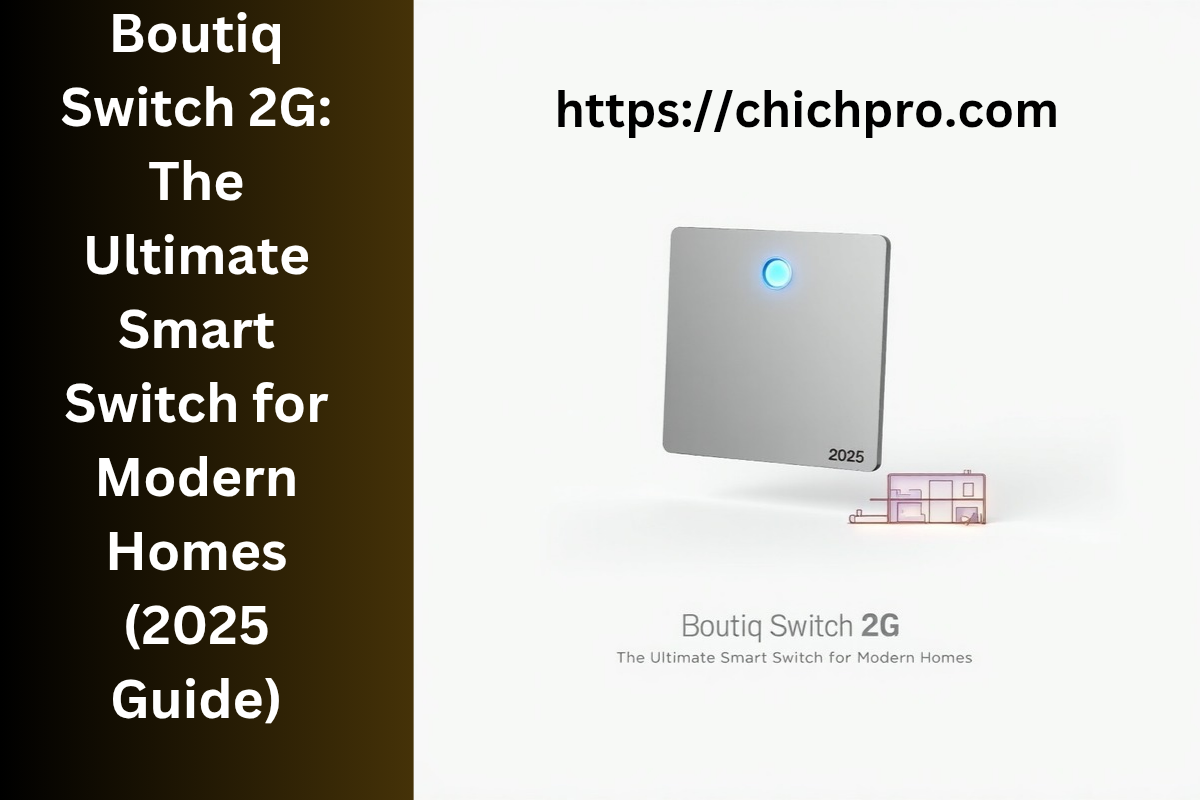Hello there!
Energy efficiency has been a primary goal for homeowners trying to save money, minimize their carbon footprint, and raise their property’s value. To motivate these efforts, governments and financial institutions often grant energy-efficient home repair credits. These incentives assist homes conduct eco-friendly modifications while minimizing the financial burden of such investments.
In this post, we’ll cover the notion of energy-efficient home improvement credits, how they work, qualified renovations, and recommendations to optimize their benefits. We’ll also address some frequently asked questions to clear any misconceptions.
What Is an Energy Efficient Home Improvement Credit?
An energy-efficient home improvement credit is a financial incentive, generally offered as a tax credit or rebate, to homeowners who undertake eco-friendly upgrades. These incentives stimulate the adoption of technologies and behaviors that minimize energy use, ultimately helping both the environment and individual families.
Key Features of These Credits: – Financial Savings: Homeowners can minimize upfront expenditures for energy-saving solutions.
- Tax Benefits: Many credits immediately reduce the amount of taxes owing.
- Environmental Impact: By adopting energy-efficient renovations, homes contribute to cutting greenhouse gas emissions.
Types of Energy Efficient Home Improvement Credits
1. Federal Tax Credits
In the United States, federal tax incentives regularly assist energy-efficient modifications. For example, the Energy Efficient Home Improvement Credit under the Inflation Reduction Act gives tax incentives for particular home modifications.
- Coverage: Insulation, windows, doors, energy-efficient HVAC systems, and home energy audits.
- Annual Cap: Up to $3,200 annually, covering various initiatives.
2. State and Local Incentives
States and municipalities often have supplementary programs suited to area needs. These can include rebates, tax deductions, or incentives for renewable energy systems like solar panels or energy-efficient appliances.
3. Utility Company Rebates
Some utility suppliers provide discounts or rebates for acquiring energy-efficient appliances or engaging in energy-saving programs.
Eligible Home Improvements
Several home renovation improvements qualify for energy-efficient incentives. These include:
1. Insulation and Sealing
Upgrading insulation or closing air leaks helps minimize heating and cooling costs. This is one of the simplest and most cost-effective strategies to enhance energy efficiency.
2. Energy-Efficient Windows and Doors
Replacing single-pane windows with double or triple-pane equivalents and upgrading to insulated doors can considerably minimize energy loss.
3. HVAC System Upgrades
Installing energy-efficient heating, ventilation, and air conditioning (HVAC) systems, including heat pumps and smart thermostats, can qualify for credits.
4. Solar Panels and Renewable Energy Systems
Solar panel installation is a popular modification with significant long-term benefits. Federal tax credits often cover a percentage of installation costs.
5. Energy-Efficient Appliances
Upgrading to Energy Star-rated refrigerators, water heaters, and washing machines can make a home more efficient and qualify for incentives.
6. Home Energy Audits
Many programs fund the cost of a home energy audit, which identifies areas for improvement and savings potential.
How to Apply for Energy Efficient Home Improvement Credits
1. Understand Eligibility Requirements
Before commencing a project, research the exact requirements for the credit. Some schemes mandate the employment of qualified contractors or specified product kinds.
2. Keep Documentation
Maintain documents, including receipts, invoices, and product certification details, to show eligibility when filing for credits.
3. Consult a Tax Professional
Navigating tax credits can be tricky. A tax professional can help guarantee you maximize benefits and minimize blunders.
4. Check Deadlines
Many programs have annual caps or particular schedules, so plan your projects properly to assure eligibility.
Benefits of Energy Efficient Home Improvements
- Cost Savings: Lower utility bills can result in significant annual savings.
- Increased Home Value: Energy-efficient enhancements make properties more enticing to purchasers.
- Environmental Responsibility: Reduced energy use means a lesser carbon imprint.
- Comfort and Health: Improved insulation and air quality systems increase living circumstances.
Challenges and Considerations
- Upfront Costs: While credits offset expenses, the upfront investment may still be significant.
- Complex Eligibility: Not all goods or updates qualify, requiring careful preparation.
- Maintenance: Some systems, like solar panels, need constant attention to preserve efficiency.
Tips for Maximizing Energy Efficiency Credits
- Bundle Upgrades: Plan numerous projects in a single year to maximize annual credit caps.
- Use licensed Contractors: Some programs require installation by licensed personnel.
- Stay Updated: Policies and incentives might change, so stay informed about the current programs.
- Leverage Utility Programs: Combine federal, state, and utility credits for more savings.
Frequently Asked Questions (FAQs)
1. What is the maximum credit I can claim for energy-efficient improvements?
Under the Inflation Reduction Act, homeowners can claim up to $3,200 annually for different improvements, including $1,200 for insulation, windows, and doors, and $2,000 for heat pumps and renewable energy systems.
2. Do energy-efficient credits apply to rental properties?
Typically, tax incentives are targeted for primary residences, but landlords may qualify for additional programs geared at rental units.
3. Can I claim credits for DIY installations?
Some programs enable DIY projects for specific improvements, such as insulation, although professional installation is frequently necessary for larger systems like HVAC units.
4. Are solar panel installations eligible for credits?
Yes, solar panel installations are generally qualified under federal and state programs, with credits covering a part of the installation expenses.
5. What paperwork do I need to claim a credit?
Keep receipts, contractor invoices, and product certificates as proof of eligibility. These documents will be required while filing your tax return.
6. Do energy-efficient credits roll over to subsequent years?
Some credits, notably federal tax credits, may not roll over. Check the program’s specific guidelines for information.
Conclusion
Energy-efficient home repair credits are a significant tool for homeowners trying to decrease expenditures and environmental impact. By understanding the available programs and planning your upgrades properly, you may make important changes to your house while reaping significant financial and environmental benefits.
Whether you’re sealing leaks, installing solar panels, or replacing appliances, these incentives make eco-friendly solutions more attainable. Take the first step today by researching qualifying upgrades and speaking with professionals to optimize your benefits.
Ready to enhance your home? Start with a home energy assessment to find the most beneficial upgrades!





